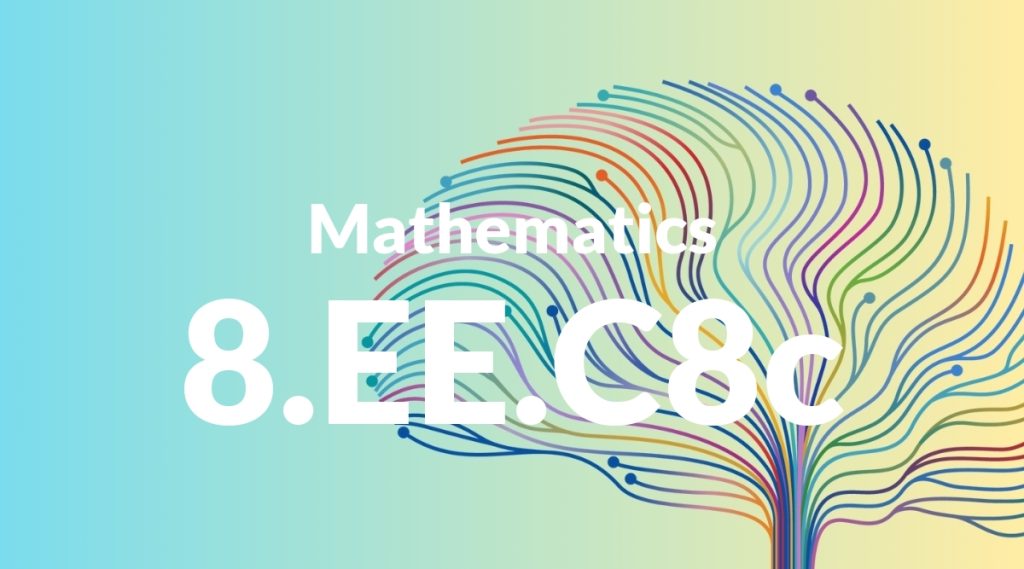Standard: 8.EE.C8c – Solve real-world and mathematical problems leading to two linear equations in two variables. For example, given coordinates for two pairs of points, determine whether the line through the first pair of points intersects the line through the second pair.
Grade level: Grade 8
Subject: Mathematics
Domain: Expressions & Equations
Teacher Overview
This standard focuses on solving systems of linear equations, which is a fundamental skill in algebra. Understanding how to find the intersection of two lines is crucial for solving real-world problems involving multiple constraints. This skill sets the foundation for more advanced algebraic concepts and applications. Students should be comfortable with graphing linear equations and solving single-variable equations. They should also understand the concept of a solution to an equation.
By mastering this standard, students will be prepared to tackle systems of linear inequalities and more complex algebraic structures. This knowledge is essential for advanced topics in algebra and calculus.
Common Misconception 1
A common misconception is that two lines will always intersect. This is incorrect because parallel lines, by definition, never meet. This misunderstanding can be clarified by showing examples of parallel lines and explaining the concept of no solution.
Intervention 1
An effective intervention is to use graphing tools to show parallel lines that never intersect. Additionally, explaining the concept of ‘no solution’ and demonstrating it with algebraic methods can help solidify this understanding.
Common Misconception 2
Another misconception is that the intersection point can only be found by graphing. This is not true, as algebraic methods such as substitution and elimination can also be used to find the intersection point.
Intervention 2
Introduce and practice algebraic methods like substitution and elimination. Provide examples and step-by-step instructions to help students understand how to use these methods effectively.
Prerequisite Knowledge
Students should understand how to plot points on a coordinate plane, know the basic concepts of linear equations, and be familiar with solving single-variable linear equations.
Subsequent Knowledge
Students will develop the ability to solve systems of linear inequalities, understand more complex algebraic structures, and apply these skills to advanced topics in algebra and calculus.
Instructional Activities
- Graphing systems of equations on graph paper
- Using graphing calculators or software to visualize intersections
- Solving systems of equations using substitution and elimination methods
- Real-world problem-solving activities involving systems of equations




